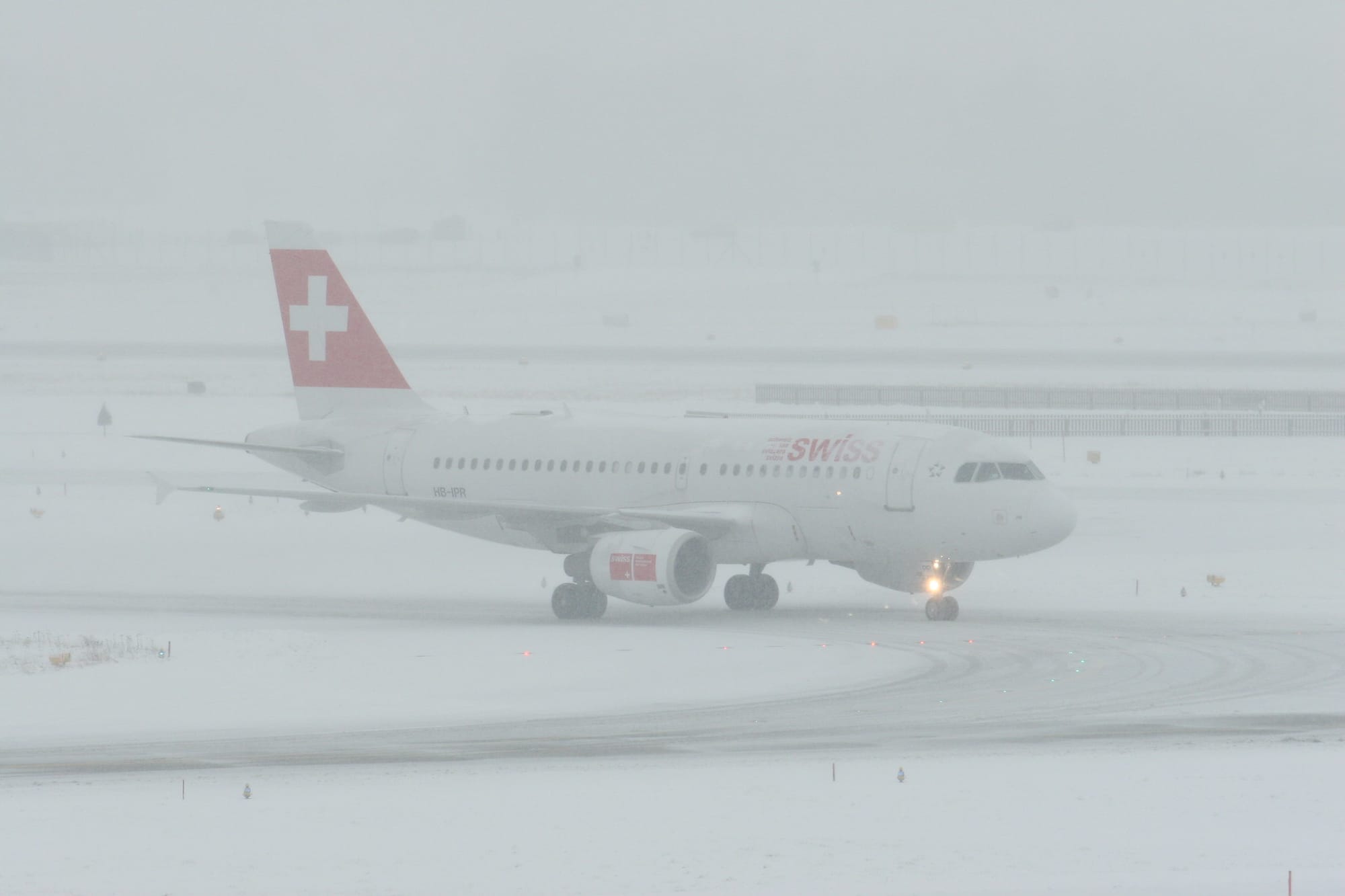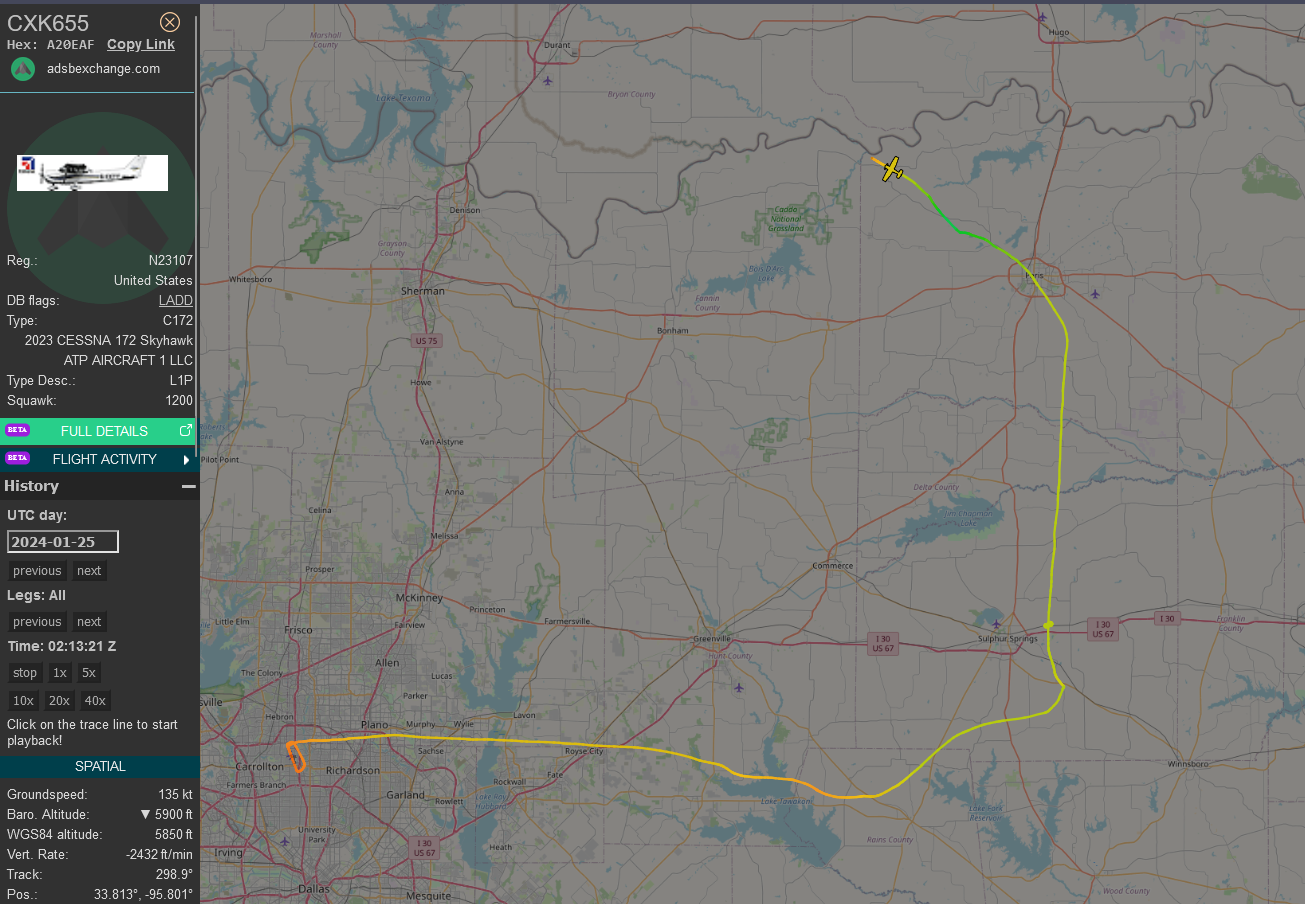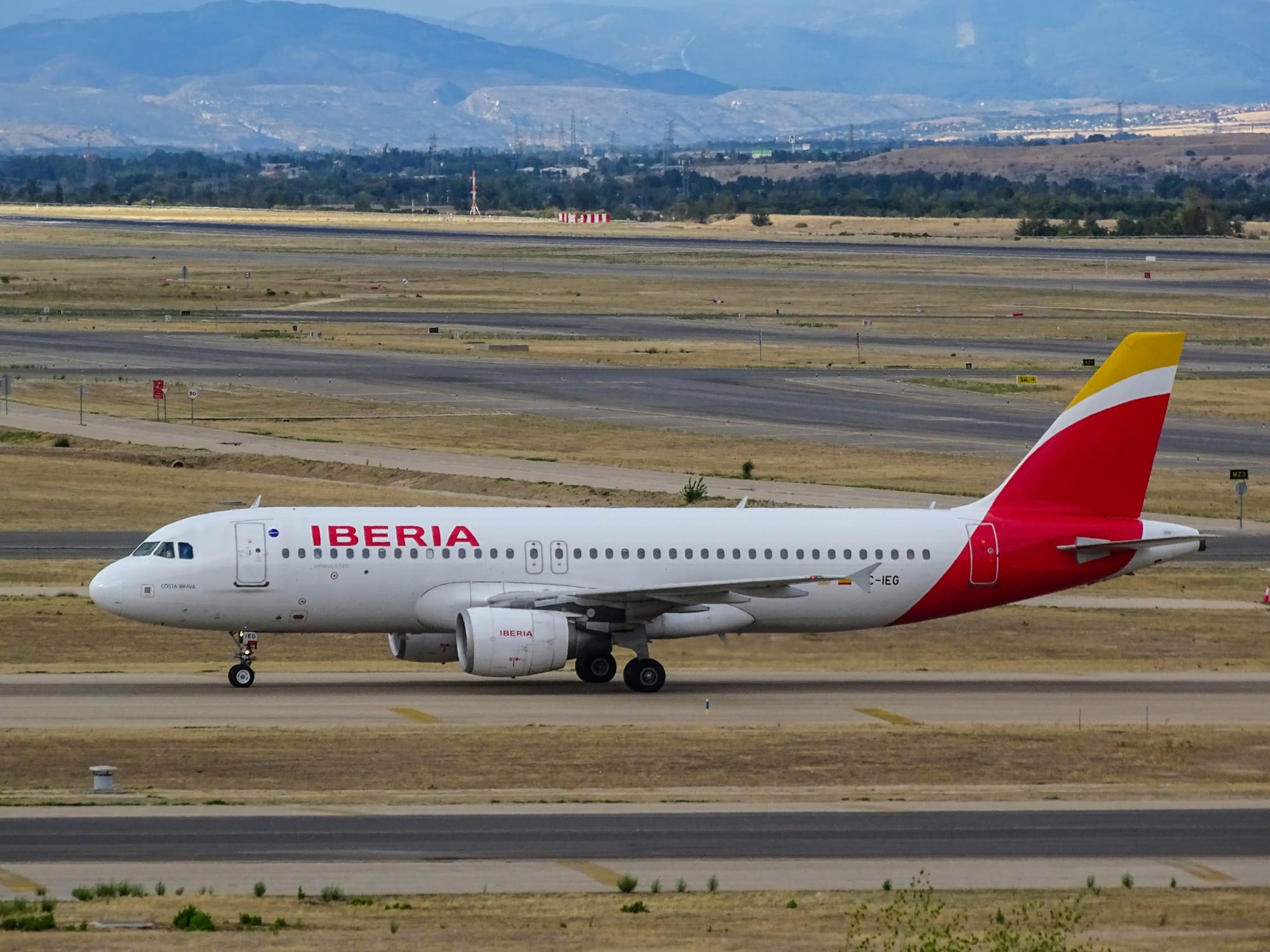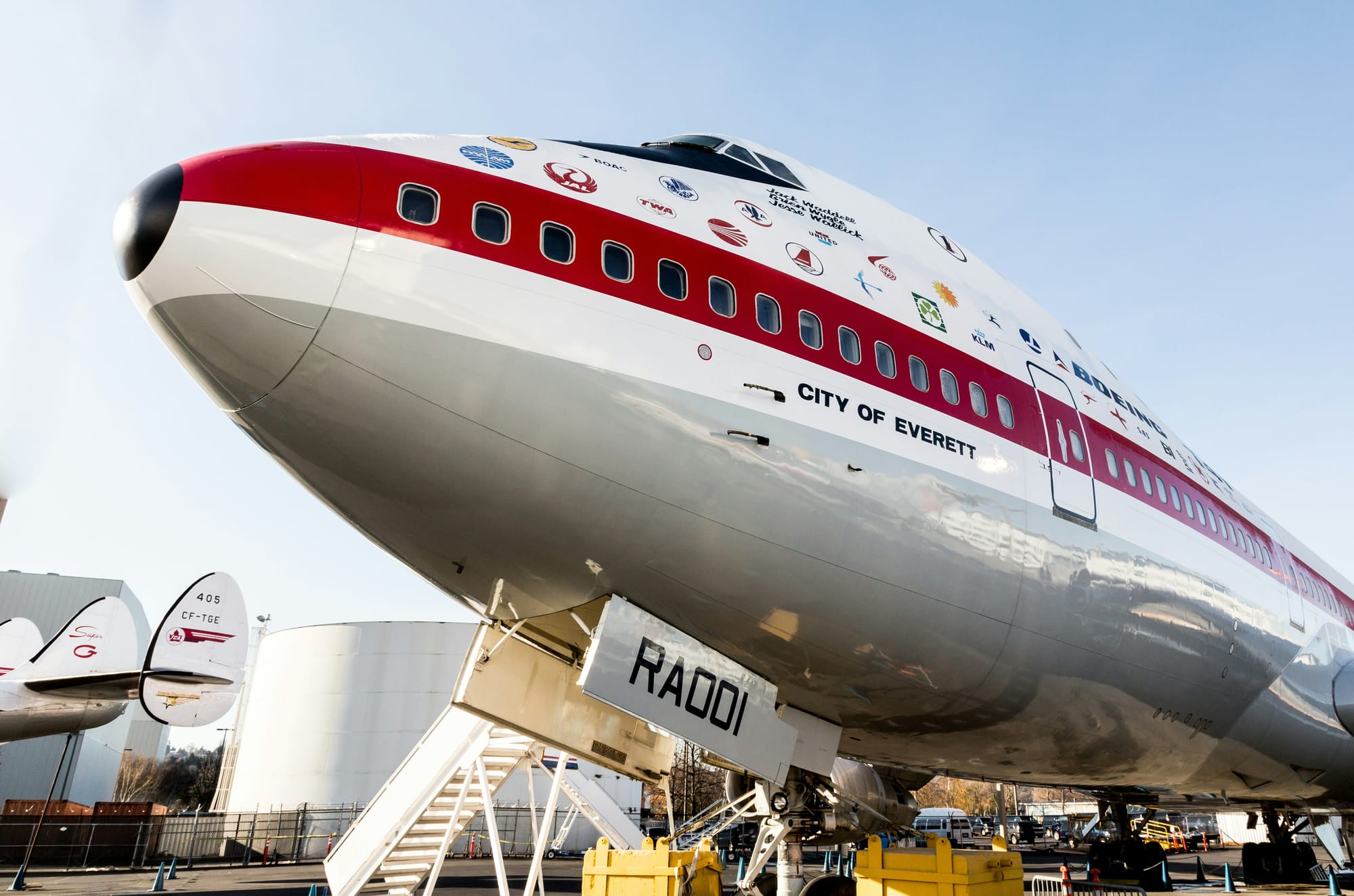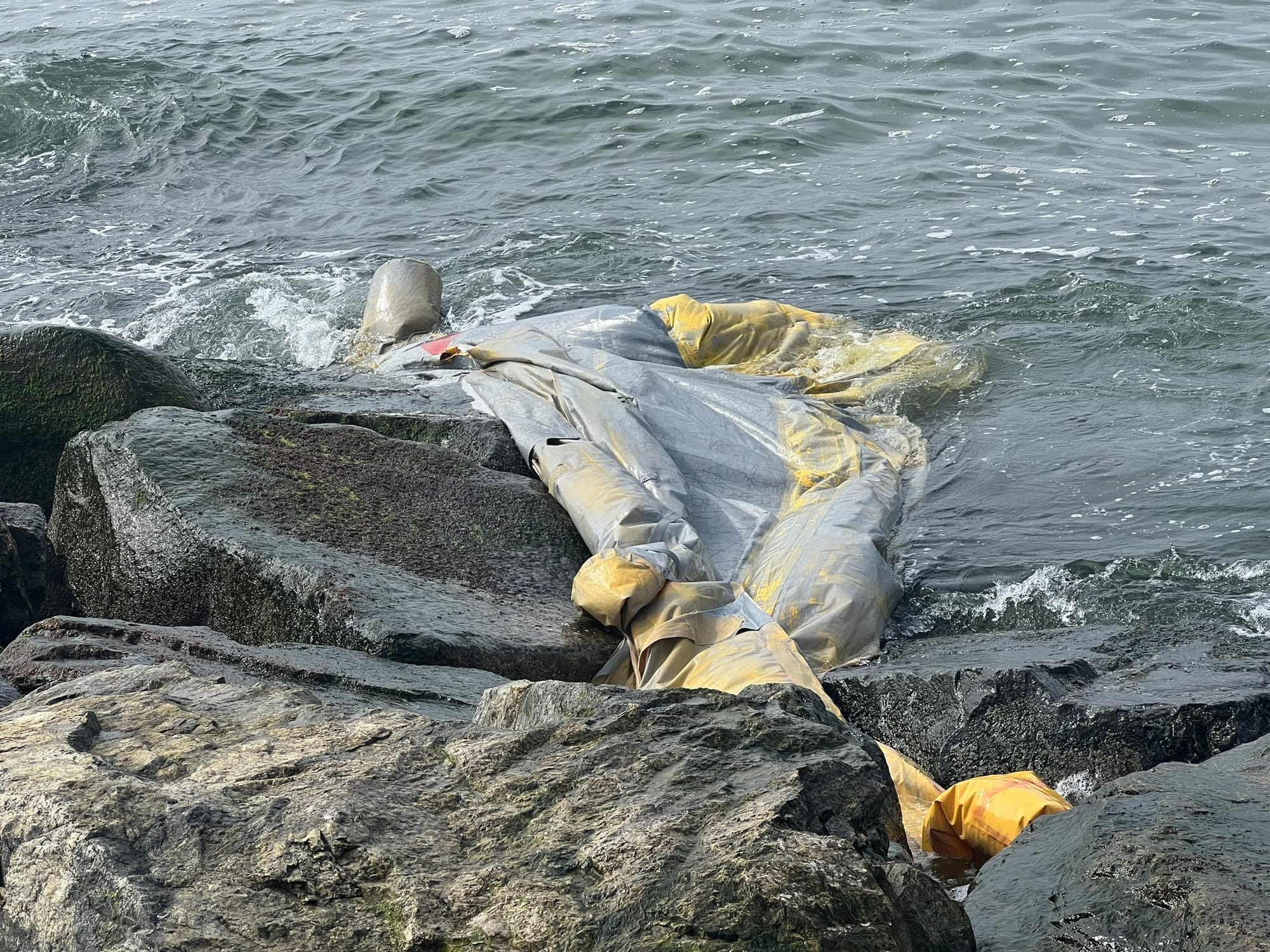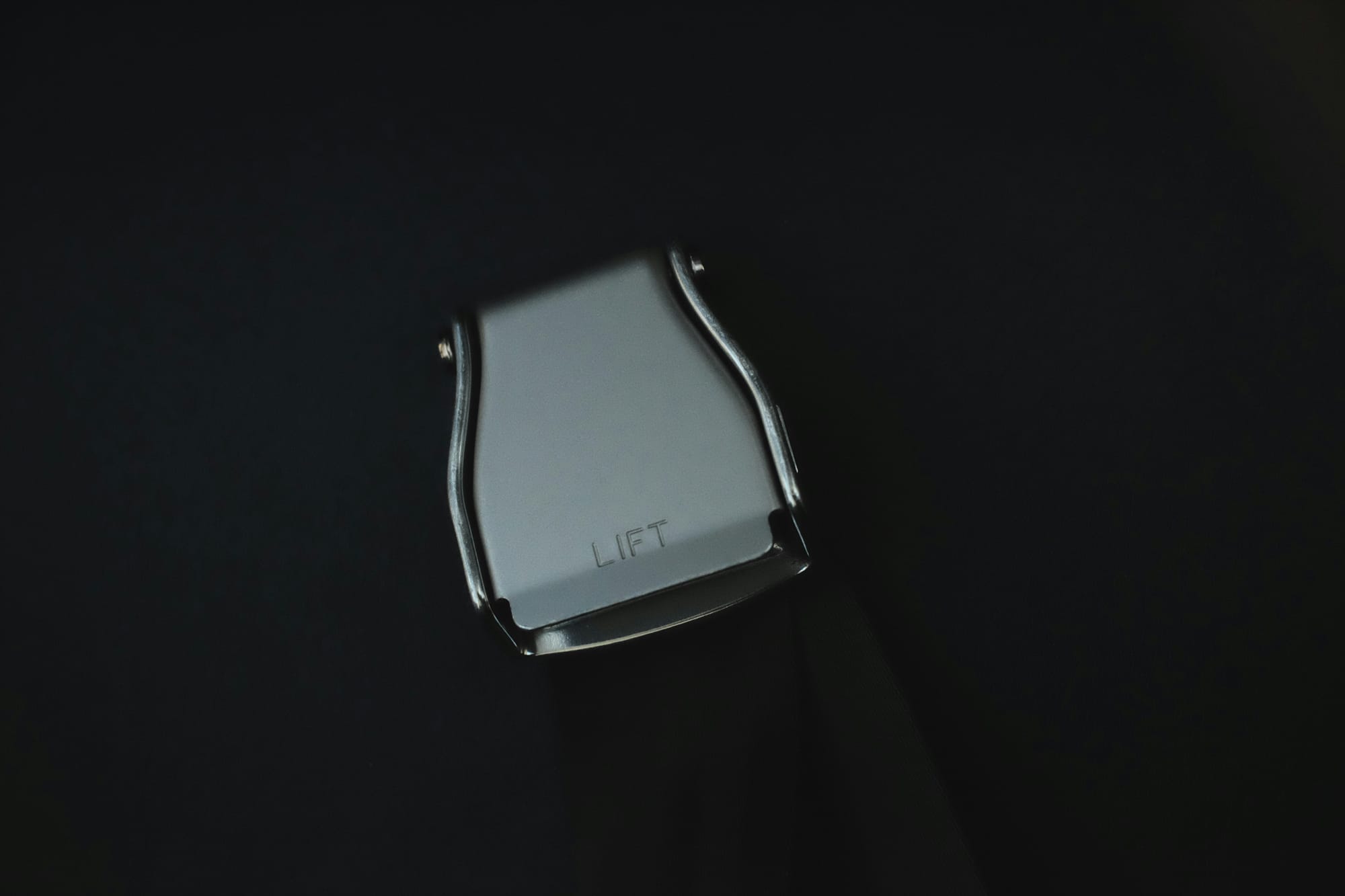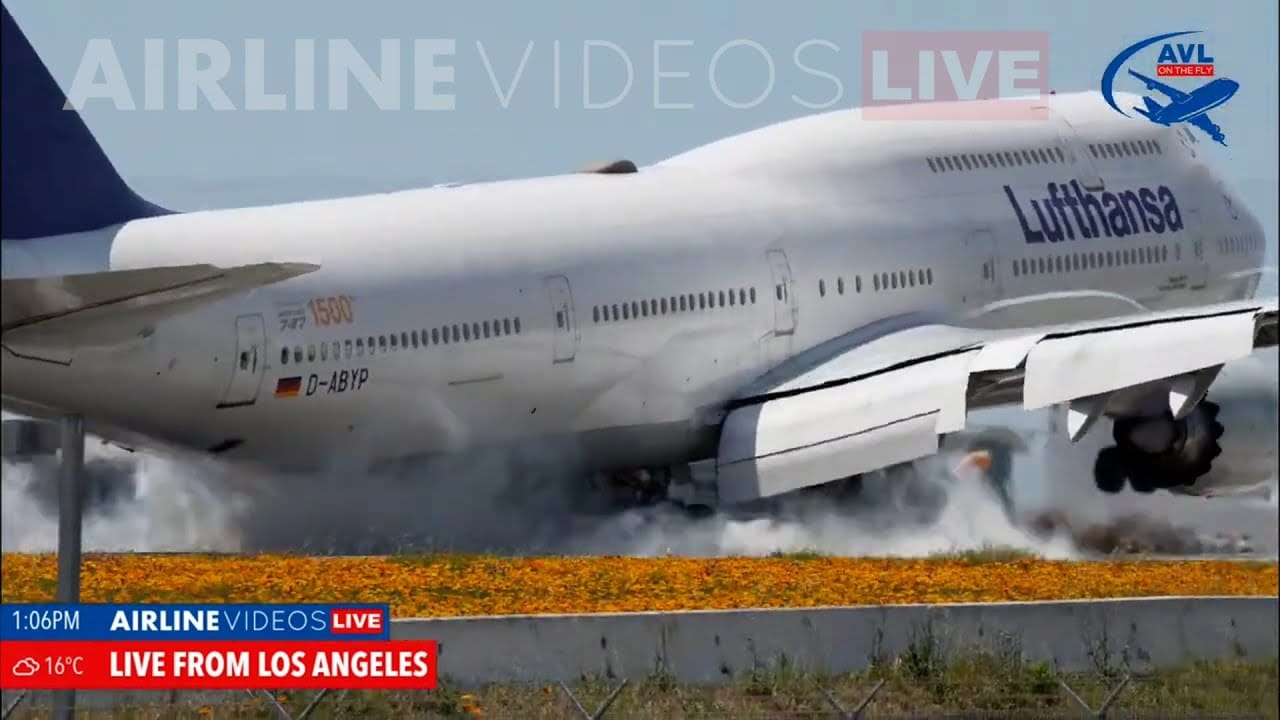Imagine gliding through the clouds, a majestic bird of steel slicing through the crisp air. But beneath this serene spectacle lies a hidden battle, a constant war against an invisible enemy – ice. Even a thin layer of ice on an airplane's critical surfaces can disrupt the delicate balance of flight, transforming a graceful dance into a perilous stall. This is where the unsung heroes of the skies take center stage – the anti-ice systems.
These technological marvels operate with the precision of a surgeon and the tenacity of a warrior, employing a diverse arsenal to prevent ice from wreaking havoc. Their primary weapons? Heat and fluid magic.
Keeping Things Toasty

Most jet aircraft utilize the hot air coming from the engines to heat the forward surface of wings and the engines, this system is dubbed the Bleed Air System.
Hot air, bled directly from the engines, courses through a network of veins embedded in the wings, stabilizers, and even engine inlets. This warm embrace acts like an invisible shield, vaporizing any moisture droplets before they succumb to the frigid temptation of ice.
This type of anti-icing is an unlimited source of making sure the wing stays clean, however one downside is by redirecting the bleed air from the engine it slightly reduces the performance of the engines. During a critical phase of flight like takeoff and climbing this could actually hurt the performance of the aircraft. So where possible crews will not turn on the anti-icing bleed system until they are climbing through the clouds unless there's risk of icing on the ground.
When in Doubt, Use Electricity
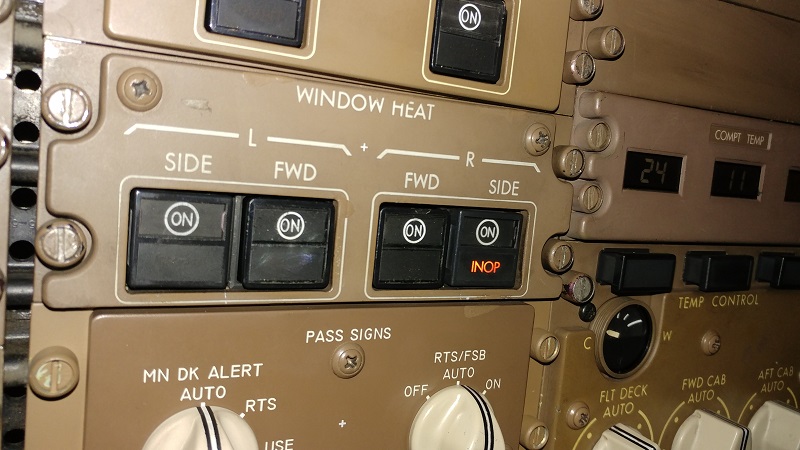
For smaller aircraft or delicate areas like propellers and windshields, brute force (such as the bleed air systems) gives way to focused precision. Electric heating elements, powered by the aircraft's own electrical system, provide targeted warmth, ensuring a cozy haven for these vital components.
Commercial aircraft use a combination of bleed air and electrics to keep the plane from icing up. One large example of using electricity is the cockpit windows. These windows are not only electrically heated to keep them free of ice or fog, but they play a critical role in the stability of the window.
One of the biggest dangers of the cockpit windows is getting hit by birds or debris. On a cold window the glass can become brittle and inflexible. If the cockpit windows are heated it makes them slightly pliable and if a large object were to hit the glass it will have some give and have a better chance of bouncing off without failing rather than breaking.
The Boots and Weeping Wing
While large modern aircraft use electrics and bleed air, there's two lesser known anti-icing methods. These last two are usually only found on smaller prop airplanes that don't utilize jet engines.

First is the boots, prop airplanes that come with an anti-icing system are commonly fitted with a formed rubber leading edge of the wing. When activated the leading edge with inflate and case the rubber to expand and then contract. The act of inflating and deflating the front of the wing will keep ice from building up on the front of the wing.The largest aircraft that I know of fitted with boots is the Bombardier Q400, once operated by Horizon Air but now retired. The last Q400 operator in North America where you can still see this would be WestJet and Air Canada, both still operate the type regularly on scheduled service.

Then there's what's called the Weeping Wing, this also found on small prop airplanes uses fluid forced out through small holes on the front of the wing to prevent ice from sticking or building up. However a major downside to this is that it's a finite anti-icing process. The airplane has to carry the anti-icing fluid and depending on how long its used there is a time limit before the fluid is depleted, and once it's gone the aircraft is no longer protected against icing. This is why mostly small aircraft on shorter flights will use this system.
A Holistic Defense
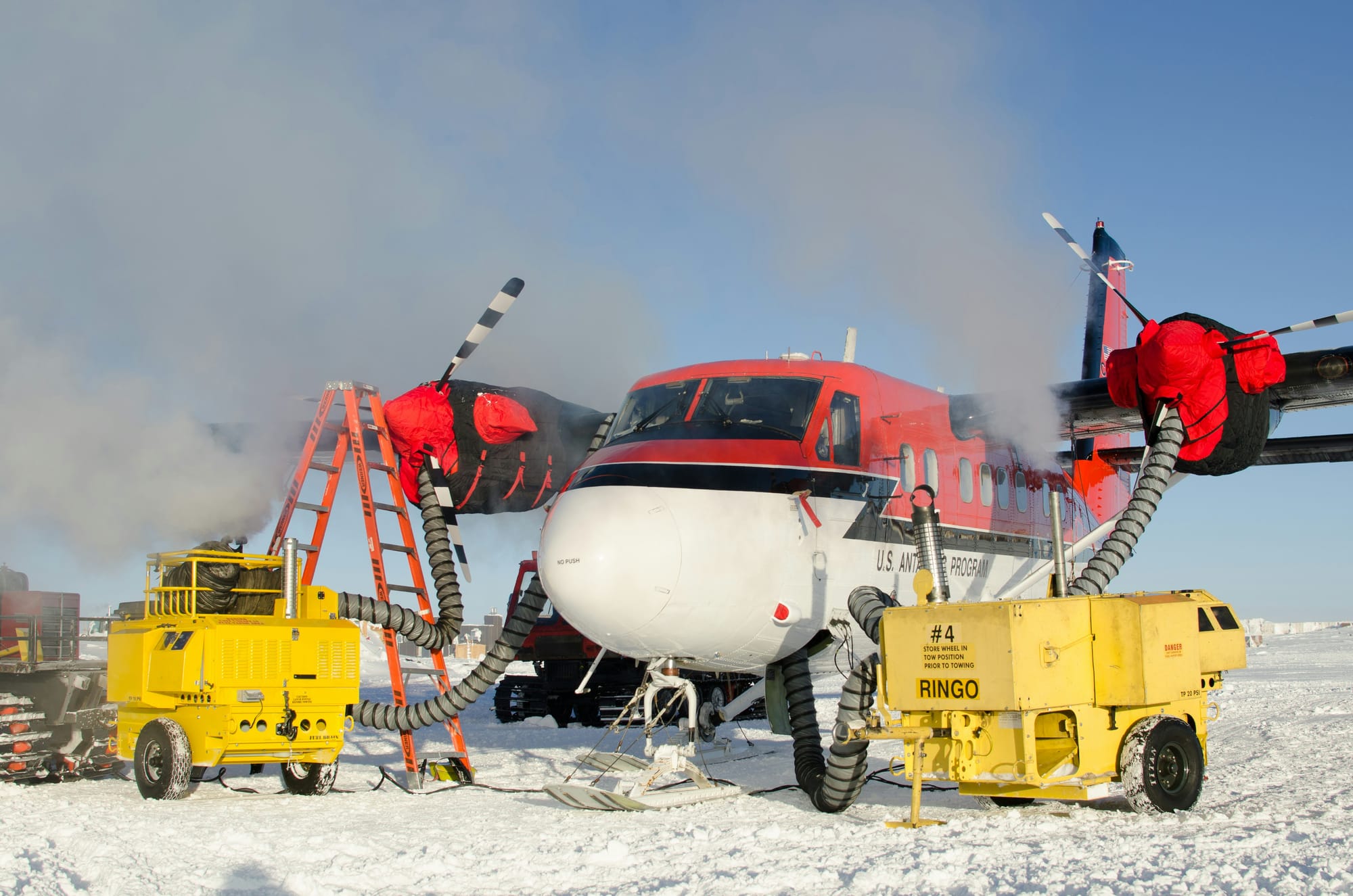
The icy threat extends far beyond the wings. Windshields, propellers, pitot tubes (those little antennas that measure airspeed), and even engine inlets all receive the anti-ice treatment. This ensures that the entire aircraft remains a fortress against the encroaching frost.
These anti-ice systems are more than just pipes and wires; they are a complex ecosystem of sensors, processors, and actuators working in perfect harmony. Sensors constantly monitor temperatures, air data, and even the vibration of the aircraft, feeding this information to a sophisticated computer brain. This brain then analyzes the data and, like a seasoned chess player, anticipates the enemy's moves, adjusting the anti-ice systems to maintain a perfect defense. Pilots, ever the watchful commanders, have manual controls to fine-tune the protection and ensure the continued dominance over the icy foe.
A Symphony of Technology
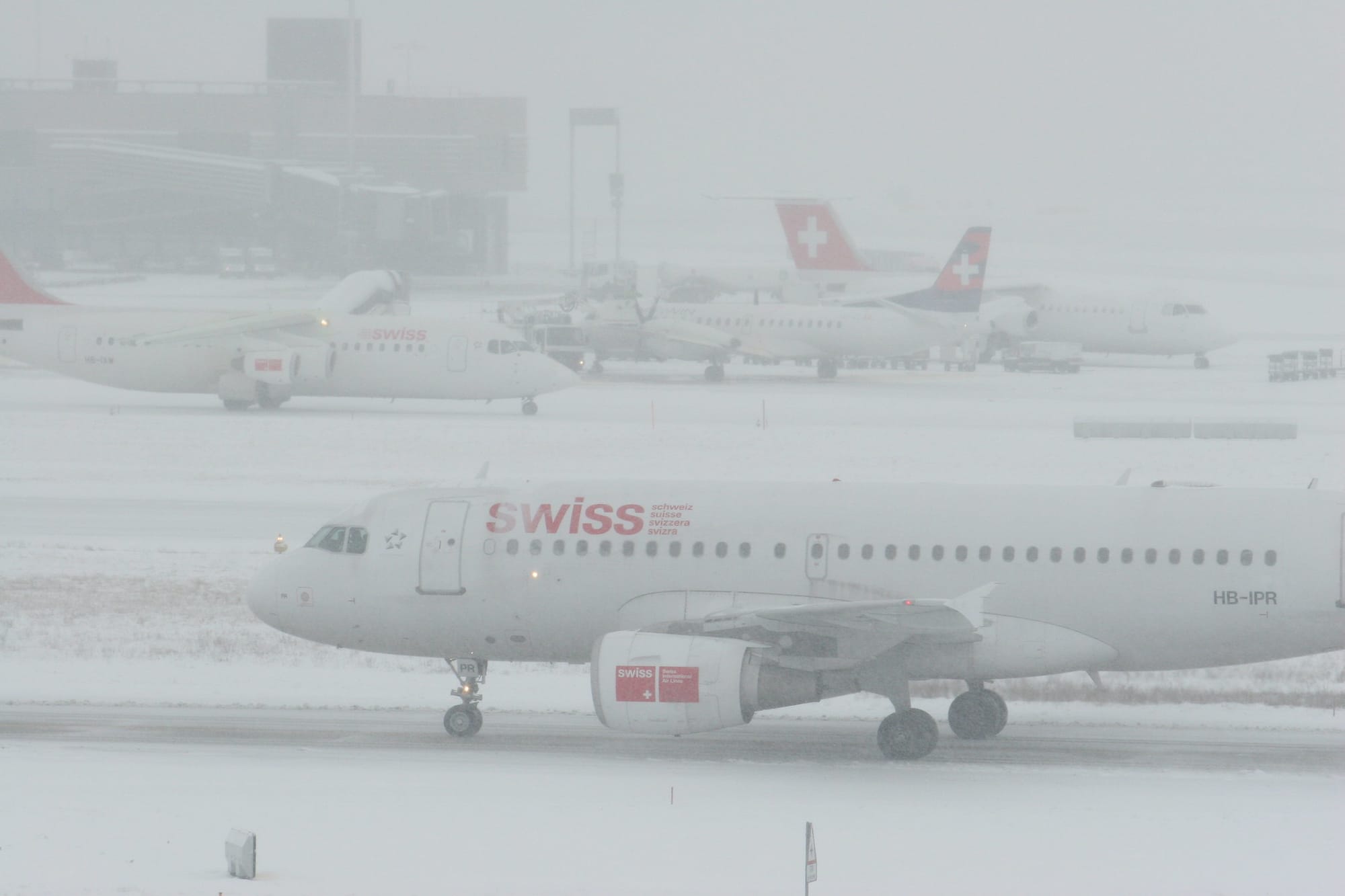
So next time you soar through the clouds, remember the silent symphony of technology playing out behind the scenes. The anti-ice systems stand guard against the chilling threat of ice, ensuring safe and smooth journeys through the heavens. They are a testament to human ingenuity, a constant reminder that even in the face of nature's fury, we can take flight and conquer the icy frontier.
By understanding these anti-ice systems, we gain a deeper appreciation for the incredible technology that keeps us safe in the skies. So the next time you hear the roar of an airplane engine, take a moment to thank the silent heroes working tirelessly to keep the ice at bay and ensure a smooth journey through the clouds.

